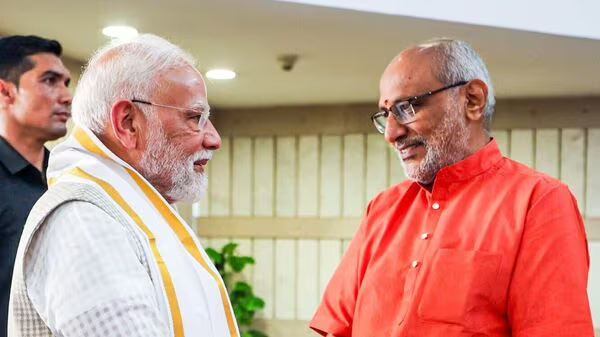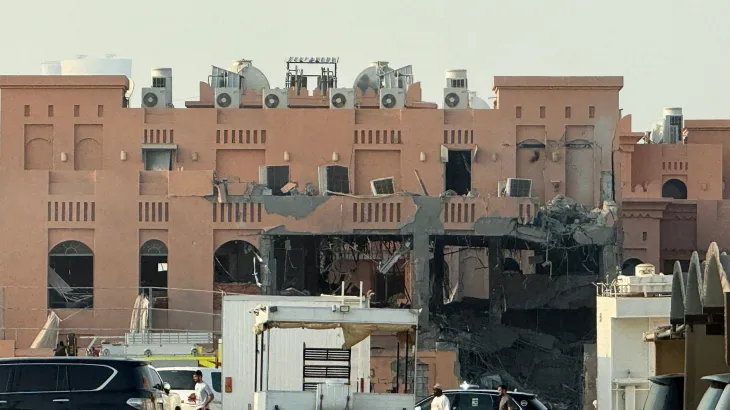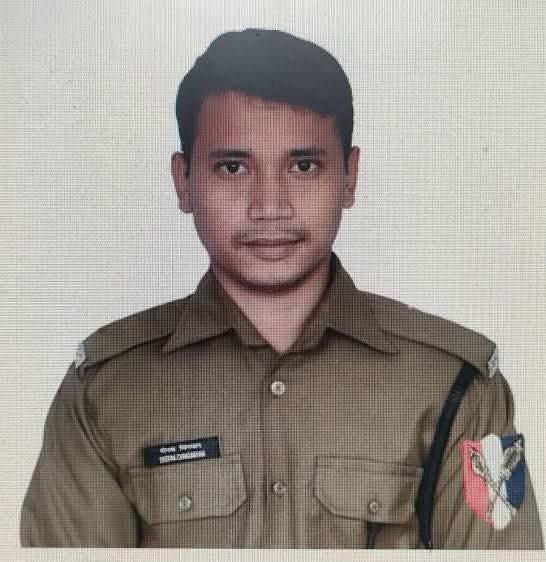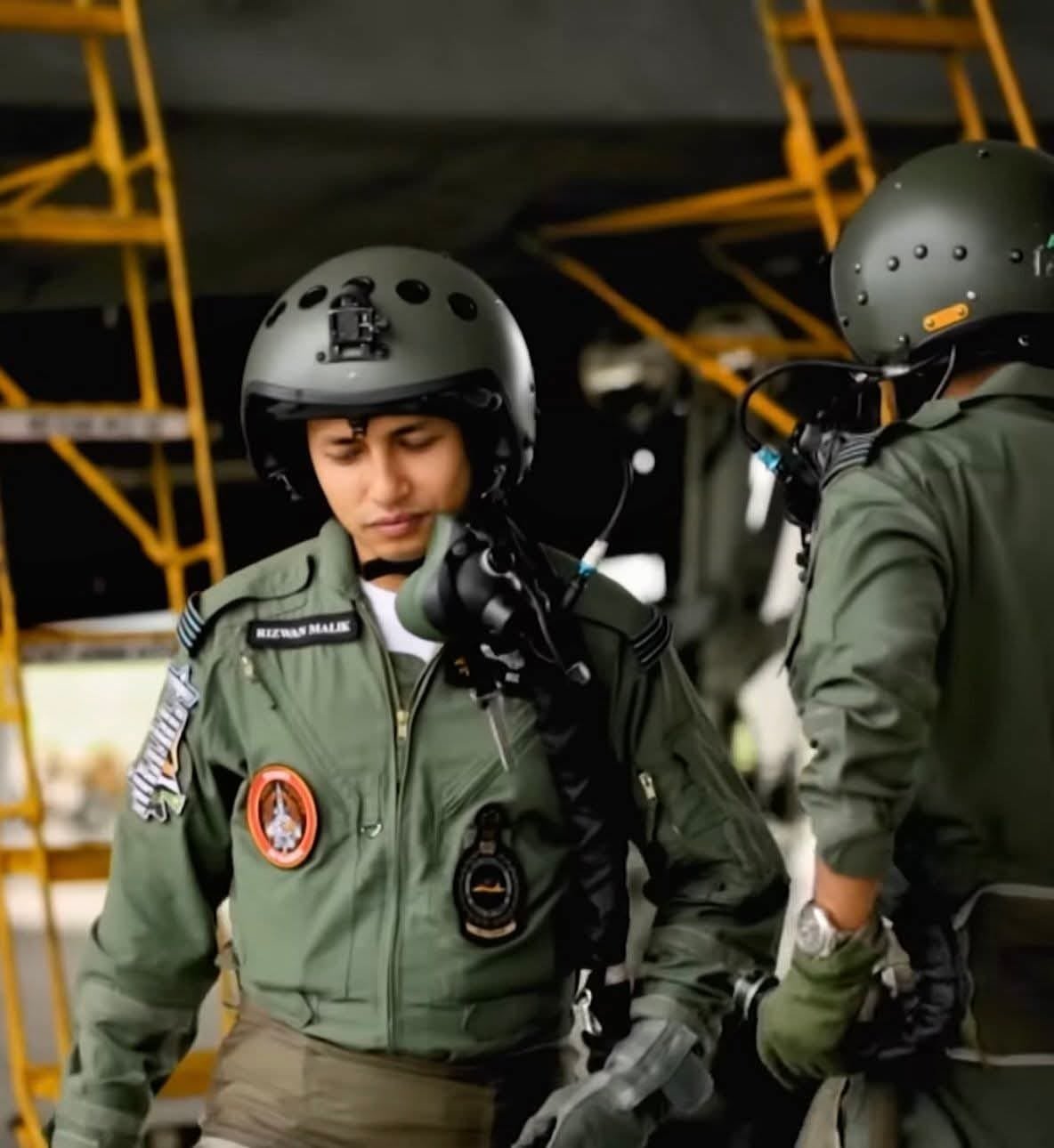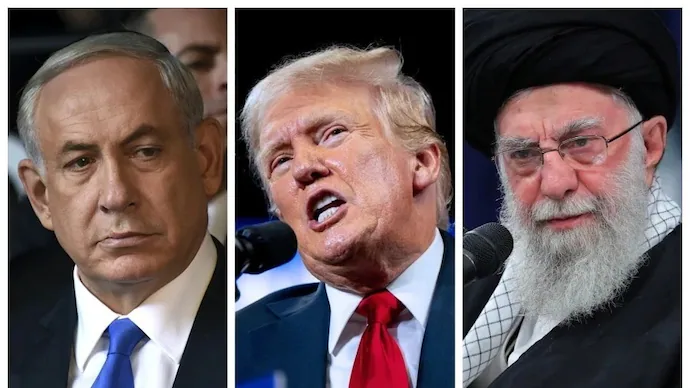Hope and Hurdles: The Fragile Push for a 60-Day Gaza Ceasefire in Doha
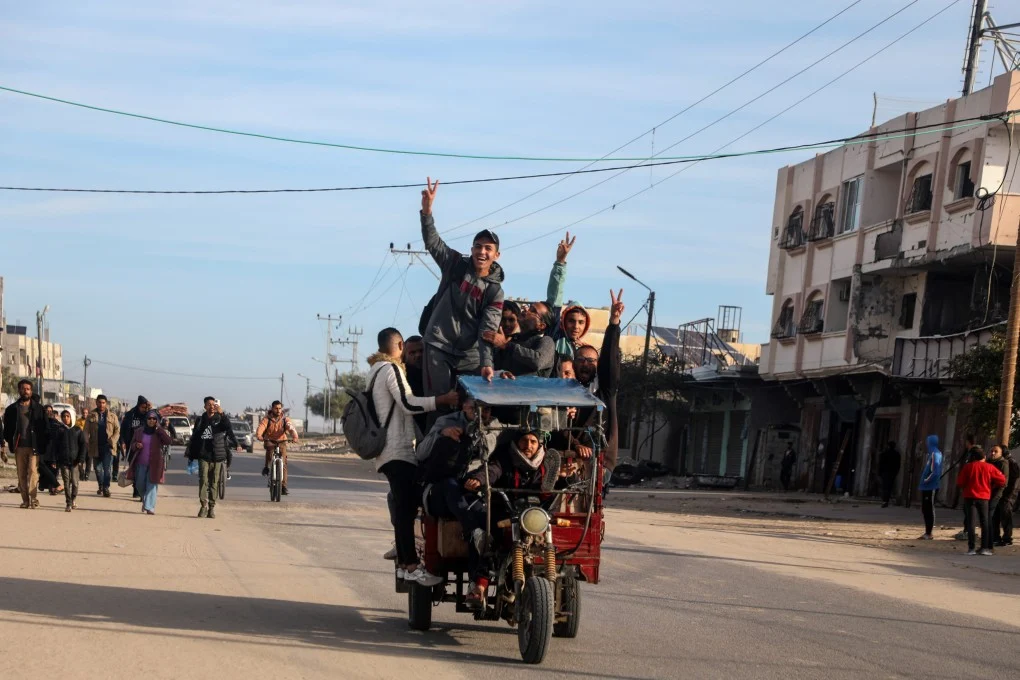
As the humanitarian catastrophe in Gaza deepens and geopolitical tensions ripple across the Middle East, international mediators are intensifying efforts to broker a 60-day ceasefire between Israel and Hamas. The negotiations, held in Doha and facilitated by the United States, Qatar, and Egypt, represent one of the most serious attempts in months to halt the violence and lay the groundwork for long-term peace.
The framework of the proposed ceasefire is ambitious, comprehensive, and layered. At its core lies a 60-day truce during which a series of humanitarian, military, and political actions are expected to unfold. Yet despite the structure and involvement of high-level diplomacy, optimism surrounding the deal has begun to fade.
The proposed agreement unfolds in three interlinked phases:
Phased Hostage Releases: Hamas is expected to return ten living Israeli hostages and the remains of at least 18 deceased individuals. In exchange, Israel would release a significant number of Palestinian prisoners. This reciprocal arrangement is intended to build trust and open humanitarian corridors.
Israeli Troop Withdrawal: Israeli forces would gradually withdraw from the northern and southern sectors of Gaza. This is a pivotal demand by Hamas and a condition for the delivery of aid and civilian movement within the region.
Expanded Humanitarian Aid: The ceasefire would allow for a significant increase in aid into Gaza. Relief agencies, under the oversight of the United Nations and the Red Cross, would deliver food, water, medicine, and essential supplies to civilians displaced or affected by ongoing combat.
A fourth, less formal phase involves the initiation of permanent peace talks. These discussions would address broader concerns, including Gaza’s future governance, reconstruction, and the longer-term political status of the Palestinian territories.
Despite the promise of the plan, the road to implementation is proving far more difficult. One of the major sticking points remains Israel’s reluctance to fully withdraw from key military zones. Israeli officials argue that maintaining “security buffer areas” is essential to prevent future attacks from Hamas. In contrast, Hamas and its allies demand a complete withdrawal, viewing any remaining Israeli presence as a violation of the ceasefire spirit.
Moreover, mutual distrust continues to loom large. Hamas insists on international guarantees that the 60-day pause will not be used by Israel as an opportunity to regroup and strike again. On the other side, Israel is seeking verifiable assurances that Hamas will not use the ceasefire to rebuild tunnels or restock weapons.
The internal political dynamics in Israel further complicate matters. Prime Minister Benjamin Netanyahu faces strong pressure from hard-right elements in his fragile coalition who oppose troop withdrawals or negotiations with Hamas. His parliamentary majority has recently weakened, casting doubt on his ability to enforce any comprehensive deal.
While diplomats argue over terms in air-conditioned meeting halls, the situation on the ground continues to deteriorate. Gaza's health infrastructure has collapsed under the weight of repeated airstrikes. Reports indicate that hundreds of civilians, many of them children, have been killed near water distribution points and aid centers due to continued bombardment.
In just six weeks, over 875 Palestinians have reportedly died near humanitarian sites, according to the United Nations. Entire neighborhoods in Rafah and Khan Younis have been reduced to rubble, and aid agencies warn that famine-like conditions could develop without immediate relief.
The Doha talks are not occurring in a vacuum. The global community is increasingly vocal in its calls for a resolution. France has proposed a UN-led conference on Gaza’s post-war reconstruction and Palestinian statehood, scheduled later this month. The U.S. administration, led by President Trump, has shown strong public interest in pushing the deal forward, hoping to secure a major diplomatic victory before the November elections.
Despite these efforts, skepticism lingers. Previous ceasefire attempts have collapsed under similar circumstances—lack of trust, asymmetrical demands, and fluctuating domestic politics. This time, however, the stakes are even higher: not only for the 2.3 million residents of Gaza but for regional stability stretching from the Levant to the Gulf.
The Doha ceasefire talks represent a rare but delicate opportunity for both sides. The framework is practical, the support from international players is substantial, and the humanitarian need is beyond urgent. Yet, the deep-rooted distrust, coupled with the refusal to compromise on critical issues such as troop withdrawal and future security arrangements, threatens to derail the process.
If the negotiators succeed, the 60-day truce could be a blueprint for broader conflict resolution—not just in Gaza, but potentially in the larger Israeli-Palestinian conflict. If they fail, the bloodshed will continue, and the political costs will extend far beyond the borders of Israel and Gaza.
#Gaza #Israel #Caesefire #Qatar #Doha
The framework of the proposed ceasefire is ambitious, comprehensive, and layered. At its core lies a 60-day truce during which a series of humanitarian, military, and political actions are expected to unfold. Yet despite the structure and involvement of high-level diplomacy, optimism surrounding the deal has begun to fade.
The proposed agreement unfolds in three interlinked phases:
Phased Hostage Releases: Hamas is expected to return ten living Israeli hostages and the remains of at least 18 deceased individuals. In exchange, Israel would release a significant number of Palestinian prisoners. This reciprocal arrangement is intended to build trust and open humanitarian corridors.
Israeli Troop Withdrawal: Israeli forces would gradually withdraw from the northern and southern sectors of Gaza. This is a pivotal demand by Hamas and a condition for the delivery of aid and civilian movement within the region.
Expanded Humanitarian Aid: The ceasefire would allow for a significant increase in aid into Gaza. Relief agencies, under the oversight of the United Nations and the Red Cross, would deliver food, water, medicine, and essential supplies to civilians displaced or affected by ongoing combat.
A fourth, less formal phase involves the initiation of permanent peace talks. These discussions would address broader concerns, including Gaza’s future governance, reconstruction, and the longer-term political status of the Palestinian territories.
Despite the promise of the plan, the road to implementation is proving far more difficult. One of the major sticking points remains Israel’s reluctance to fully withdraw from key military zones. Israeli officials argue that maintaining “security buffer areas” is essential to prevent future attacks from Hamas. In contrast, Hamas and its allies demand a complete withdrawal, viewing any remaining Israeli presence as a violation of the ceasefire spirit.
Moreover, mutual distrust continues to loom large. Hamas insists on international guarantees that the 60-day pause will not be used by Israel as an opportunity to regroup and strike again. On the other side, Israel is seeking verifiable assurances that Hamas will not use the ceasefire to rebuild tunnels or restock weapons.
The internal political dynamics in Israel further complicate matters. Prime Minister Benjamin Netanyahu faces strong pressure from hard-right elements in his fragile coalition who oppose troop withdrawals or negotiations with Hamas. His parliamentary majority has recently weakened, casting doubt on his ability to enforce any comprehensive deal.
While diplomats argue over terms in air-conditioned meeting halls, the situation on the ground continues to deteriorate. Gaza's health infrastructure has collapsed under the weight of repeated airstrikes. Reports indicate that hundreds of civilians, many of them children, have been killed near water distribution points and aid centers due to continued bombardment.
In just six weeks, over 875 Palestinians have reportedly died near humanitarian sites, according to the United Nations. Entire neighborhoods in Rafah and Khan Younis have been reduced to rubble, and aid agencies warn that famine-like conditions could develop without immediate relief.
The Doha talks are not occurring in a vacuum. The global community is increasingly vocal in its calls for a resolution. France has proposed a UN-led conference on Gaza’s post-war reconstruction and Palestinian statehood, scheduled later this month. The U.S. administration, led by President Trump, has shown strong public interest in pushing the deal forward, hoping to secure a major diplomatic victory before the November elections.
Despite these efforts, skepticism lingers. Previous ceasefire attempts have collapsed under similar circumstances—lack of trust, asymmetrical demands, and fluctuating domestic politics. This time, however, the stakes are even higher: not only for the 2.3 million residents of Gaza but for regional stability stretching from the Levant to the Gulf.
The Doha ceasefire talks represent a rare but delicate opportunity for both sides. The framework is practical, the support from international players is substantial, and the humanitarian need is beyond urgent. Yet, the deep-rooted distrust, coupled with the refusal to compromise on critical issues such as troop withdrawal and future security arrangements, threatens to derail the process.
If the negotiators succeed, the 60-day truce could be a blueprint for broader conflict resolution—not just in Gaza, but potentially in the larger Israeli-Palestinian conflict. If they fail, the bloodshed will continue, and the political costs will extend far beyond the borders of Israel and Gaza.
#Gaza #Israel #Caesefire #Qatar #Doha
